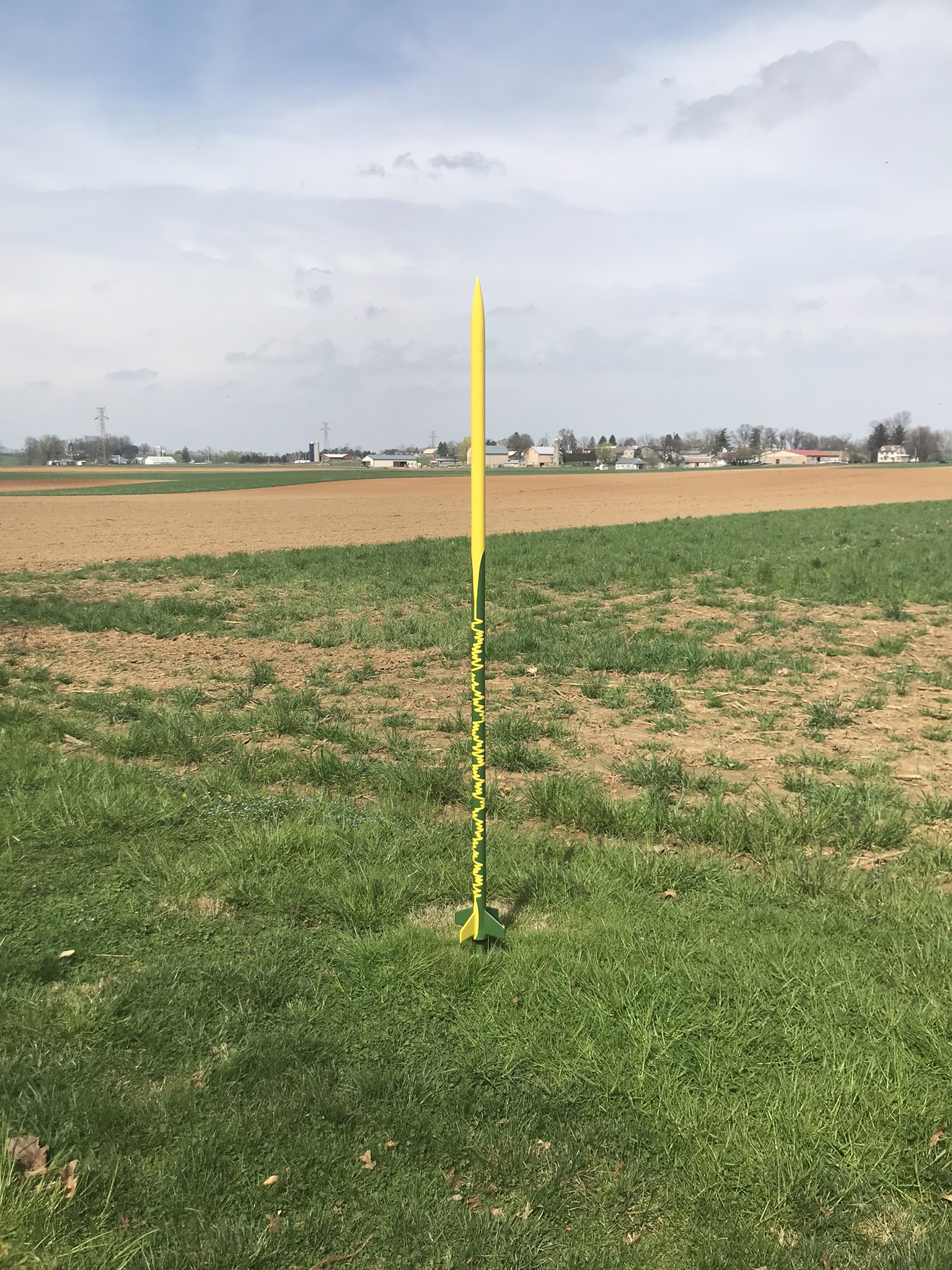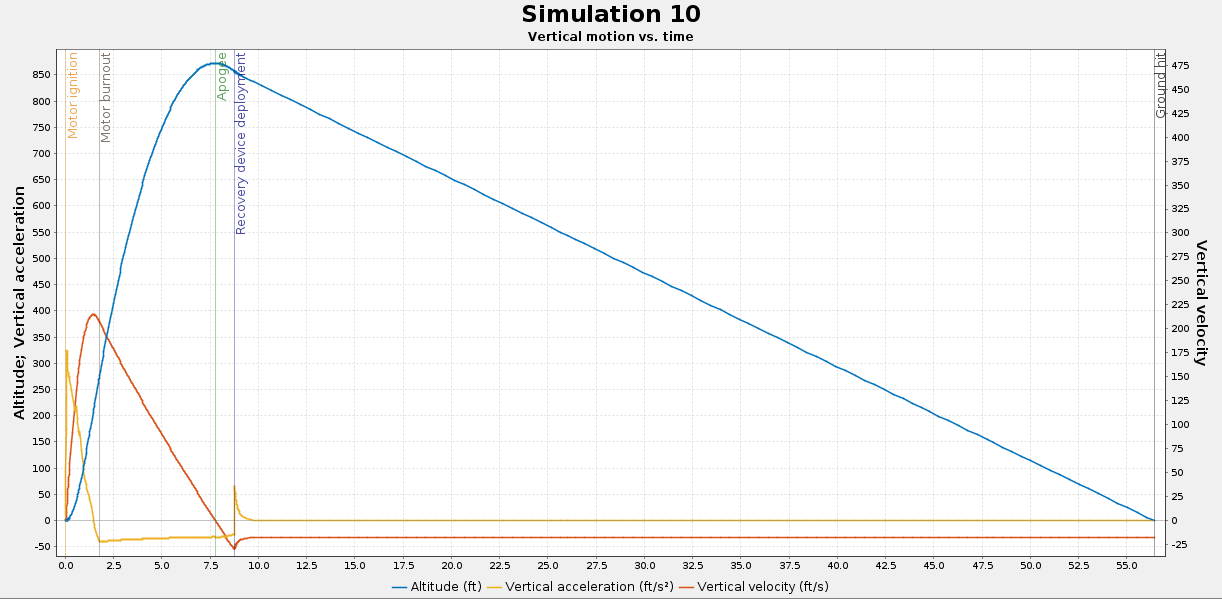It’s Done! (Mostly!)
Exciting day! Radio Rocket version 2 is officially ‘done’ (or at least, at the point where it’s minimally viable for launch!) that means it is time to give it a name!
When it became apparent that there were going to be multiple versions of the radio rocket, I decided I needed a ‘clever’ naming scheme. After tossing the idea around with friends and family that have been helping build it or following along, I decided to go with Sushi-related terms for the names of the various versions.
Version 1, which we crashed, was posthumously name “Nigemono” which is the generic term for cheap cuts of fish and toppings - i.e. not the good stuff, kind of like a crashed rocket is not the good stuff :-)
I think it was Smitty Halibut, N6MTS, who mentioned that cute names should at least go in alphabetical order so that it’s easy to tell which order they go in. That means that this version of the radio rocket needed an ‘O’ name. I think it’s rather convenient that the sushi term for Pacific Halibut starts with an O, so in honor of our friend Smitty, version 2 of the radio rocket is now officially dubbed ‘Ohyō’
Radio Rocket Ohyō Stats and Info

Height: 198cm ; 78”
Diameter: 38mm ; 1.5”
Launch Weight, w/o Motor: 1,261g ; 44.5oz
Recovery: dual 30” parachutes
Paint: Yellow and Green, inspired by vintage RF spectrum analyzer traces
Telemetry: GPS data via APRS packets (no digipeating) on 144.39MHz, and magnetometer, gyro, acceleration, barometric pressure, altitude, and messaging via LoRa on 433MHz. Flight data will also be posted live to Mastodon via the ground station’s ‘auto-tooter.’
Flight Predictions:
First 3 flights will be on Aerotek G76G motors, with an ejection delay of ~7 seconds. The first flight will not house any electronics, and will be strictly to test the integrity/durability of the rocket itself. Assuming a successful first test flight, the next 2 flights will carry the APRS and LoRa payloads.
For these first 3 flights, modeling predicts:
- Apogee (max altitude): 266m ; 872’
- Max Velocity: 65.5 m/s (235kph) ; 215 ft/s (147mph)
- Max Acceleration: 99 m/s^2 ; 325 ft/s^2 (about 10g)
- Time to Apogee: 7.77 s
- Total Flight Time: 56.4 s

Depending on how these flights go, we’ll either do additional flights with larger motors at another time, dabble more on the software, or maybe even start building version 3 :-)
If I end up going the larger engines route, and pursue high power certification, an H170 would carry this rocket to:
- Apogee (max altitude): 1106m ; 3,628’
- Max Velocity: 178.6 m/s (643kph) ; 586 ft/s (400mph)
- Max Acceleration: 122 m/x^2 ; 399 ft/s^2 (about 12g)
- Time to Apogee: 14.5 s
- Total Flight Time: 208 s
While I’d likely never do so, the largest motor that would fit is a J350, which would carry the rocket to about 6500’, assuming it held together since that motor would get the rocket to nearly Mach 1.
Motors and flight supplies are on order, and as soon as they arrive we’ll evaluate the status of our launch fields and pick a time-frame for launches.